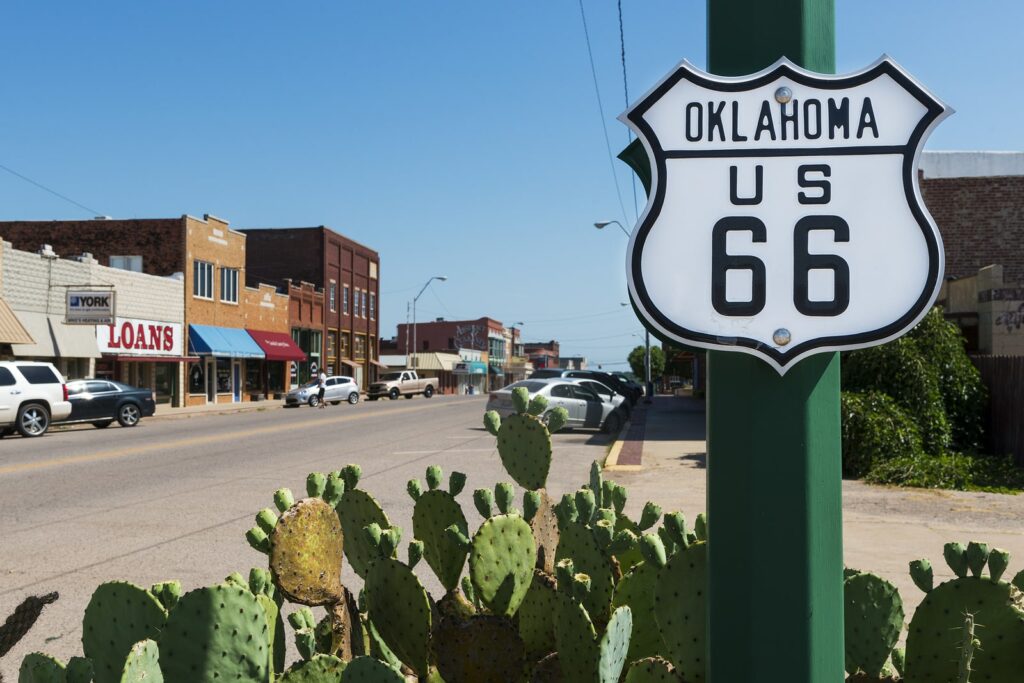Blacklisted as a Travel Nurse? What You Should Do Right Away

It’s news you never want to get. Something has happened, and you’ve been marked “Do Not Hire” or “Do Not Return”. Whether you’re considered “Do Not Hire” by an agency or “Do Not Return” by a hospital or vendor management system, it may feel like you’ve severely crippled your career. While being a setback, it doesn’t have to be permanent. There are things you can do to prevent being blacklisted and get back in good standing. Time is of the essence. “Being proactive rather than reactive is key,” said Richard Dunn, Senior Recruiter at LiquidAgents Healthcare. “The more information you can get over sooner rather than later can be a determining factor in being placed as a DNH or not.” Getting off an agency blacklist The first thing to note about being marked as “Do Not Hire” by an agency is that if you are on the list for clinical reasons it may be hard, if not impossible, to get off of it. However, if you’ve been blacklisted because of a personality issue or because of something situational, you can get back into an agency’s good graces, and that process starts with a statement showing that you understand what has happened and why. Your statement should show some remorse and show some effort to fix the issue. That could be courses or extra class work completed to build knowledge. It should also include references from recent jobs worked showing that they were completed without incident and that behaviors that were an issue in the past aren’t any longer. More than anything, you need to do things that give the agency a reason to trust you again. “Nurses need to know that if they term their contract for any reason, they need to submit a statement over within 24 hours to make sure it is submitted,” added LiquidAgents’ David McKenzie, Director of Talent Advisory. “A lot of nurses do not realize if they do not ask their recruiter what they should do to get their side of things over to the facility, it may result in them being blacklisted from the facility’s VMS permanently.” Getting off a hospital blacklist Getting back into a hospital’s good graces takes a similar effort. The best place to start is by working with your recruiter to craft a statement expressing remorse at the way things ended previously. After that, do what you can to prove things are different now. Show that the behaviors the hospital took issue with are in the past. Show that you’ve completed coursework that may have been interfering with you executing on the job previously. Show that you’ve taken classes to increase your knowledge and skills. Provide references from recently completed assignments that show the kind of work you’re capable of. While it’s no guarantee that you will be removed from a “Do Not Return” list, it’s the best foot you can put forward in efforts to get off of one. Getting off a VMS blacklist Like agencies, a VMS is willing to consider removing nurses from a blacklist if the reason they landed there in the first place wasn’t clinical. And, like with agencies and hospitals, the process starts with a statement expressing understanding of the situation, why you were considered “Do Not Hire” and what you have done to correct any issues that may have caused you to be blacklisted. Most vendor management systems are willing to reconsider “Do Not Return” candidates if it was extenuating circumstances that put them there, like a family illness that caused them to have attendance issues. While a situation you never want to be in, having a trusting, ethical recruiter to represent you and puts your best interests first makes a big difference. Read Next: Travel Nurse Recruiters: What a Good Recruiter Won’t Do
Oklahoma, West Virginia, Florida Adapt To Compact Nursing License Demand

More than a month has passed since five new states–Florida, Oklahoma, Wyoming, West Virginia and Georgia–joined the Enhanced Nursing Licensure Compact, which allowed these states to issue compact nursing licenses to new and practicing nurses. Nursing and licensure boards in these states are working to meet the demand for compact nursing licenses by adapting their procedures to process federal background checks, with varying levels of success. Today, we look at the process in three of the new states. We’ll have updates from Wyoming and Georgia next week. Oklahoma: Preparation, early applications make process smooth The Oklahoma Board of Nursing has received 859 applications from existing license holders and 76 for endorsement, said Jackye Ward, Deputy Director of Regulatory Services for the Oklahoma Board of Nursing. Oklahoma has 56,490 registered nurses and 18,381 licensed practical nurses, according to their FY 2017 Annual Report. The board squeezed processing time down to an average of 1.78 days, thanks to a combination of a well-prepared staff and early application acceptance date, Ward said. The board worked with state staff to accept compact nursing license applications as early as Jan. 5. Applicants “are getting fingerprints in for background checks so quickly,” Ward said. “It’s going really well. We’ve worked very closely with applicants and provided calls and callbacks to keep people updated on the process.” West Virginia: Interest strongest with nurses near state borders West Virginia’s Board of Examiners for Registered Professional Nurses is seeing similar demand, with about 1,500 out of 34,000 RNs applying for compact nursing licenses, executive director Sue Painter said. Most of the applicants live near the border and are looking for work opportunities in nearby compact states like Kentucky and Virginia, Painter said, which is precisely why the board pushed for the state to join the eNLC. “I was a nurse in another state and held a multistate license for a short period of time, and when I returned I went from being able to work in 25 states down to two,” Painter said. “The board has been in support of joining the eNLC for some time.” Application turnaround time has also been fairly rapid, Painter said, mostly because of the board’s ability to accept background checks electronically, which was implemented by a stringent approval process prior to the eNLC launch. This helped cut down a potential 18 week waiting period for returned background checks to five days. Misinformation has been the biggest speed bump in this process, as some staffing agencies have demanded for their nurses to still apply for single state licensure to work in West Virginia, but this has only happened for a handful of cases, Painter said. Florida: Criminal background check slowing licensing process Florida, the largest new state to join the eNLC–in terms of both active nurses and number of compact nursing license applications–is still struggling to meet the demand. As of Feb. 19, the Florida Board of Nursing has received 9,064 applications from current RNs and LPNs to upgrade to the compact nursing license, Florida Department of Health deputy press secretary Brad Dalton said. More than 5,000 applications were received in the first eight days after eNLC implementation. Of that number, 1,253 new compact nursing licenses have been issued, Dalton said. “The primary deficiency with the pending applications is the Livescan (fingerprint) criminal background check,” Dalton said. “Some applicants are also having to provide additional documentation for claiming Florida as their primary state of residence.” To address filing and processing issues, the board has revised information in their applications and on their website to hopefully help applicants better understand the background screening requirements, Dalton said. eNLC critical to addressing nursing shortage, patient care Despite the challenges, the boards a in new eNLC states are happy to be able to provide these new licenses for their state’s active nurses. “Florida, along with many states in the U.S., is committed to addressing nursing shortages,” State Surgeon General and Secretary Dr. Celeste Philip said in a press release. “By joining the enhanced Nurse Licensure Compact we are reducing regulatory burdens on nurses with the goal of increasing patient access to quality nursing care.” eNLC implementation probably won’t have a major effect on travel nursing in West Virginia, since most travelers would’ve already had their single state license, but the joining the compact will help reduce costs and time waiting for the old license, Painter said. “One of the most beneficial things is that the law (eNLC) makes the practice across state lines safer because we are allowed to share discipline information,” Painter said. “It’s easier to protect the public and provide the best professional care.”
EMR Conversions: Ongoing Jobs Near Knoxville, Tennessee

The Covenant Health System, with hospitals located primarily in and around the Knoxville, Tennessee area, is completing an EMR conversion over the first three quarters of 2018, and it needs travel nurses to help with the transition. The system is switching from McKesson EMR to Cerner EMR and will need help with at least four specialties: Med/Surg, Telemetry, ICU, and ER. There is a potential for other needs. Covenant System hiring officials say they’re looking for candidates with recent McKesson experience. While Cerner experience would be nice, it’s not a requirement. Covenant will provide training on the Cerner system for nurses that it chooses to extend. Candidates should also be open to the idea of floating between other facilities within 50 miles of their home hospital while on assignment. Floating will not occur mid-shift, and nurses will be given notice of the need to float at least two hours prior to the start of a shift. Two and three hospitals will be converting each quarter, starting with Methodist Medical Center, Roane Medical Center, and Rhea Medical Center in the first quarter. Methodist Medical Center in Oak Ridge, Tennessee is a 301-bed facility 25 miles east of Knoxville. Roane Medical Center is in Harriman, Tennessee, 42 miles west of Knoxville. It’s a 52 bed short-term acute care facility. Rhea Medical Center is a 25 bed critical access facility located in Dayton, Tennessee, 80 miles southwest of Knoxville. Hospitals included in the second phase of the conversion, happening in the second quarter of the year, are Parkwest Medical Center, Fort Loudon Medical Center, and Cumberland Medical Center. Parkwest Medical Center is a 400-bed facility in southwest Knoxville. Fort Loudon Medical Center is 30 miles south and west of Knoxville in Lenoir City, Tennessee. It’s a 30-bed, short-term acute care facility. Cumberland Medical Center has 73 beds and is located 70 miles west of Knoxville in Crossville, Tennessee. Two hospitals will convert in the third phase, occurring in the third quarter of 2018: Fort Sanders Medical Center and LeConte Medical Center. Fort Sanders Medical Center is a 352-bed hospital located in Knoxville near the University of Tennessee campus. LeConte Medical Center is in Sevierville, Tennessee, 30 miles southeast of Knoxville. It’s a 111-bed facility. Two hospitals in the system haven’t been assigned a phase–Claiborne County Hospital and Morristown-Hamblen Hospital. Claiborne County Hospital is in Tazewell, Tennessee, 50 miles north of Knoxville. It has 129 beds. Morristown-Hamblen Hospital is a 128-bed facility located 50 miles northeast of Knoxville in Morristown, Tennessee.
